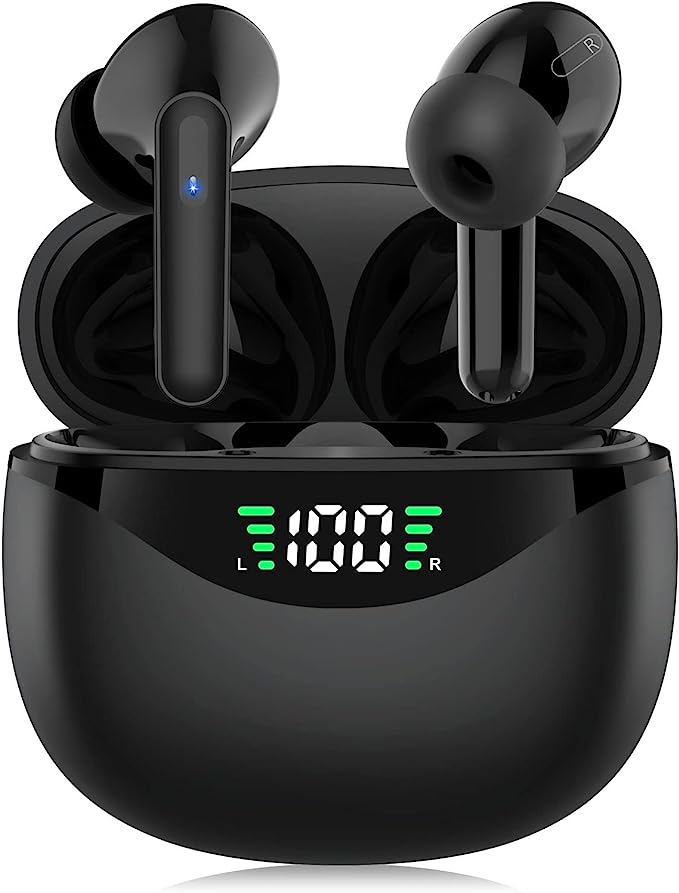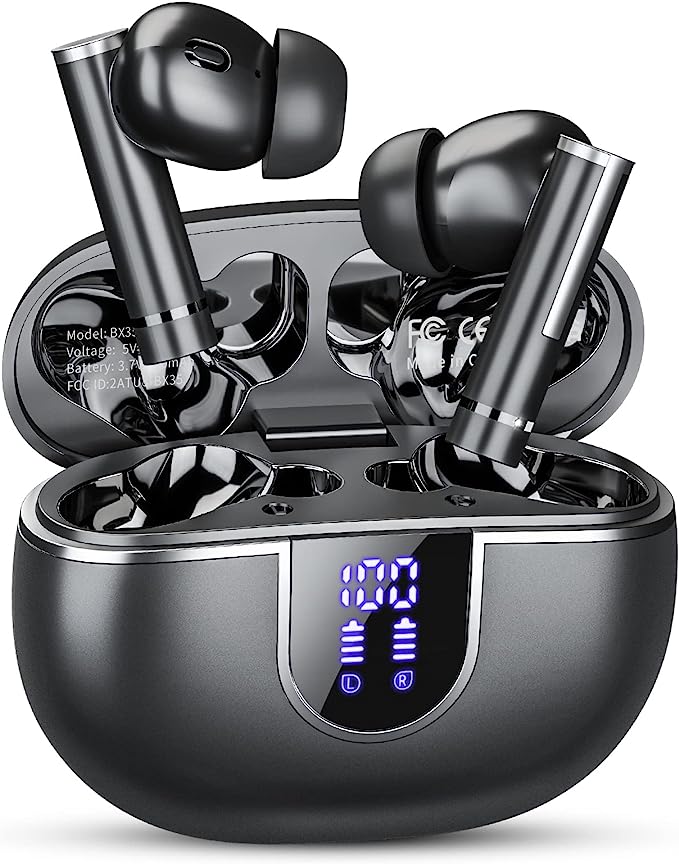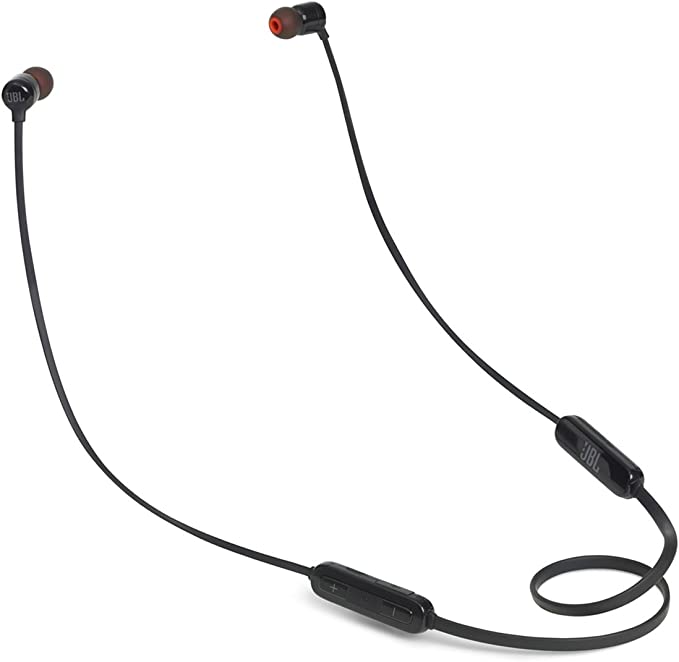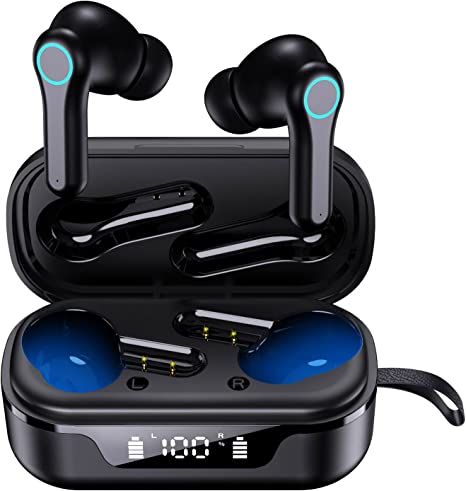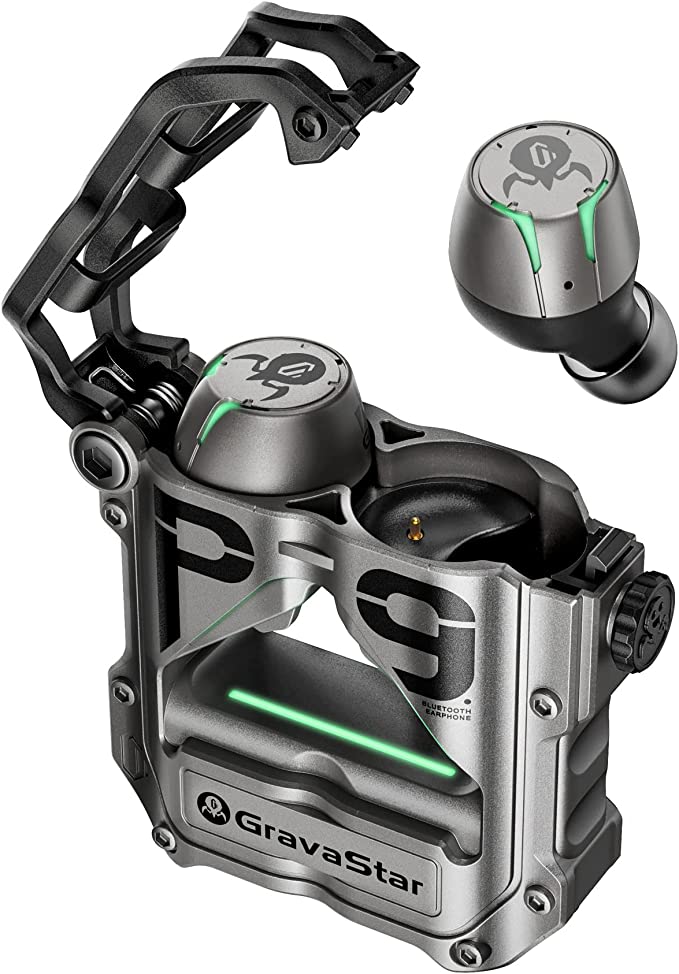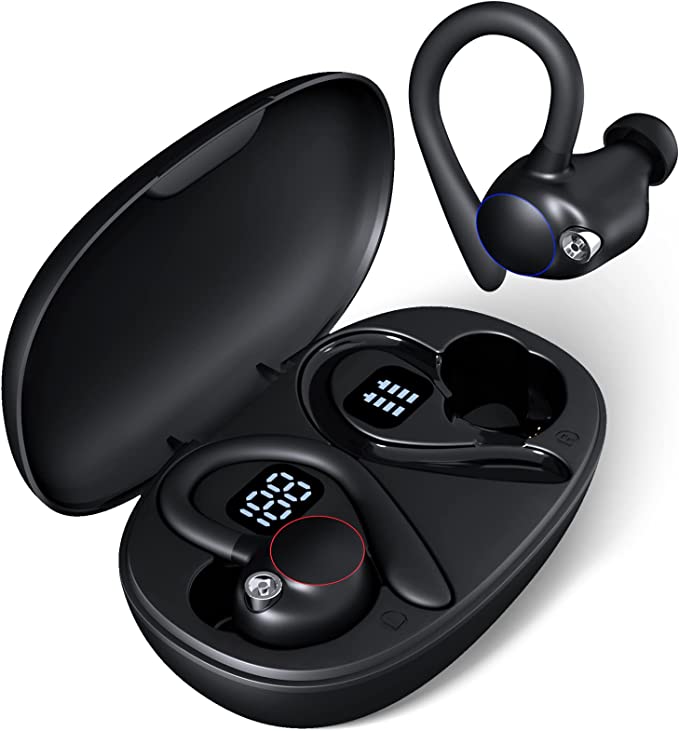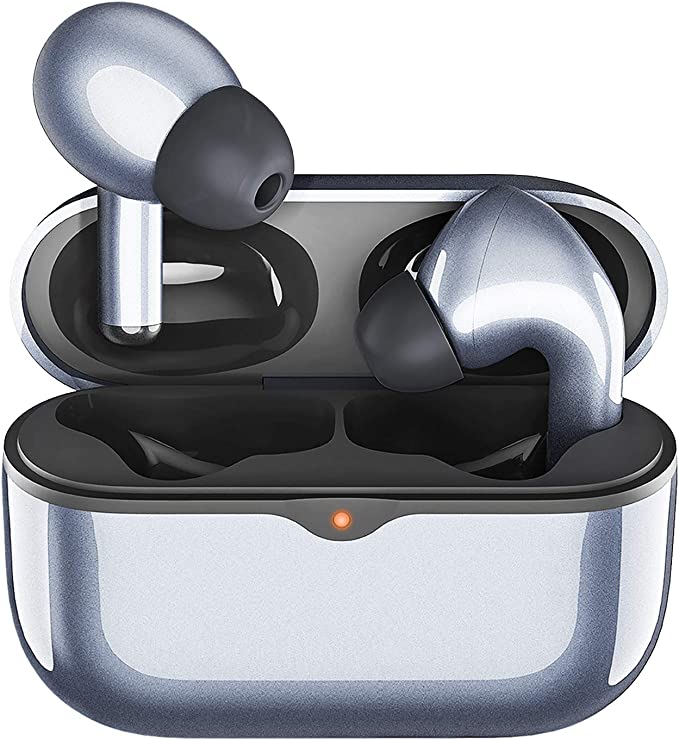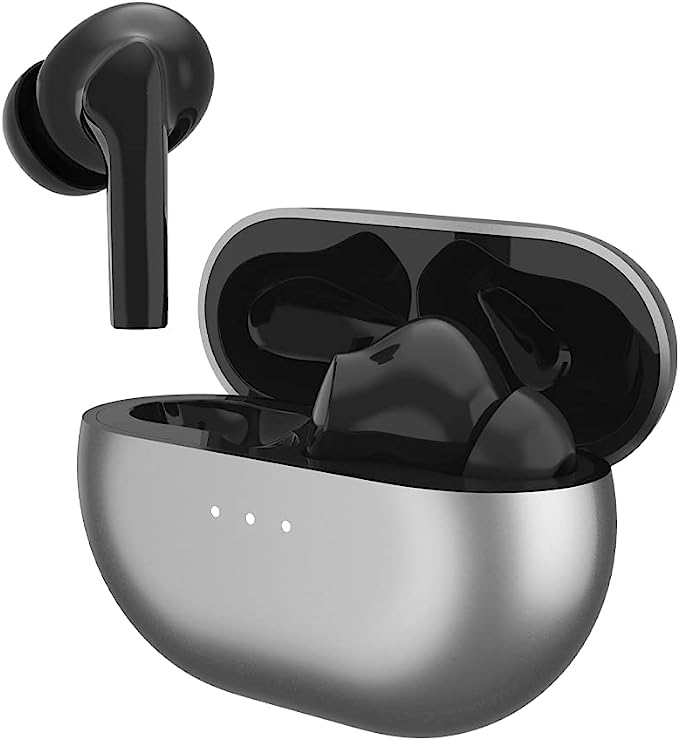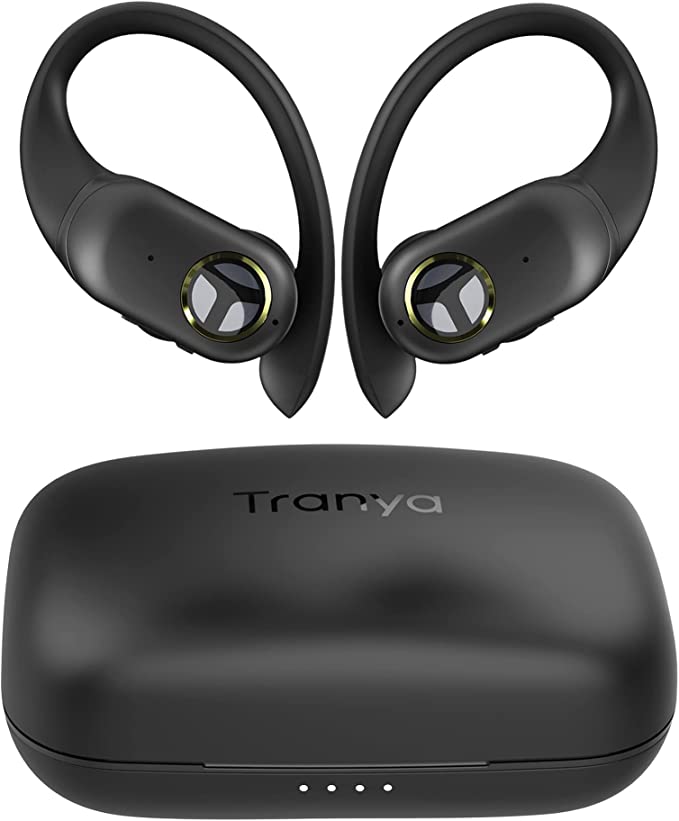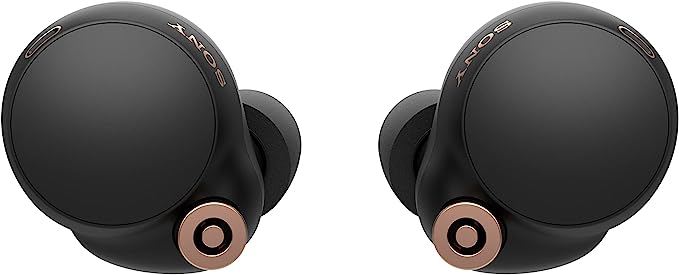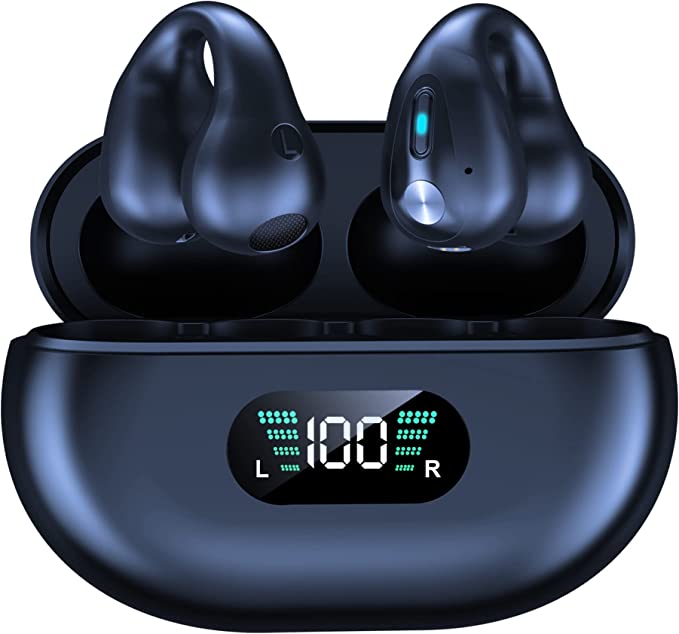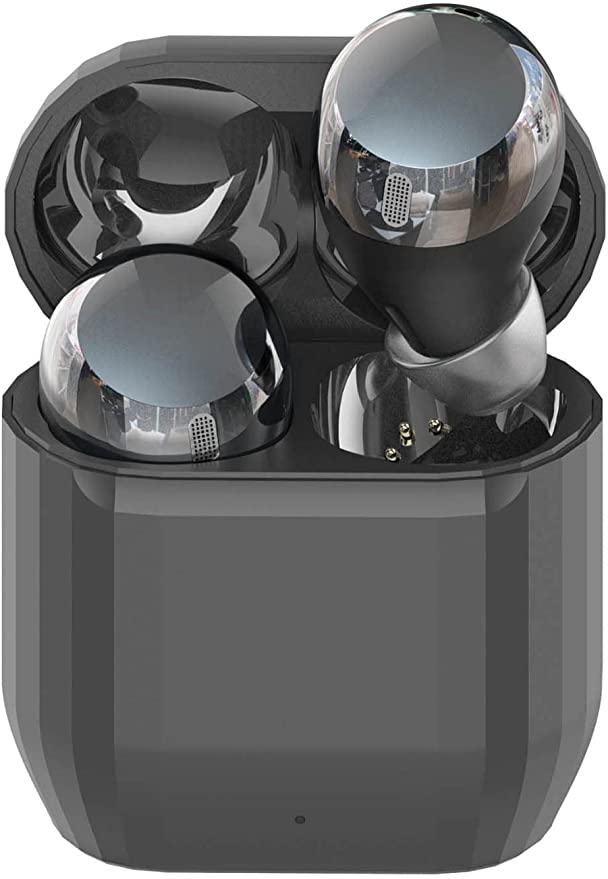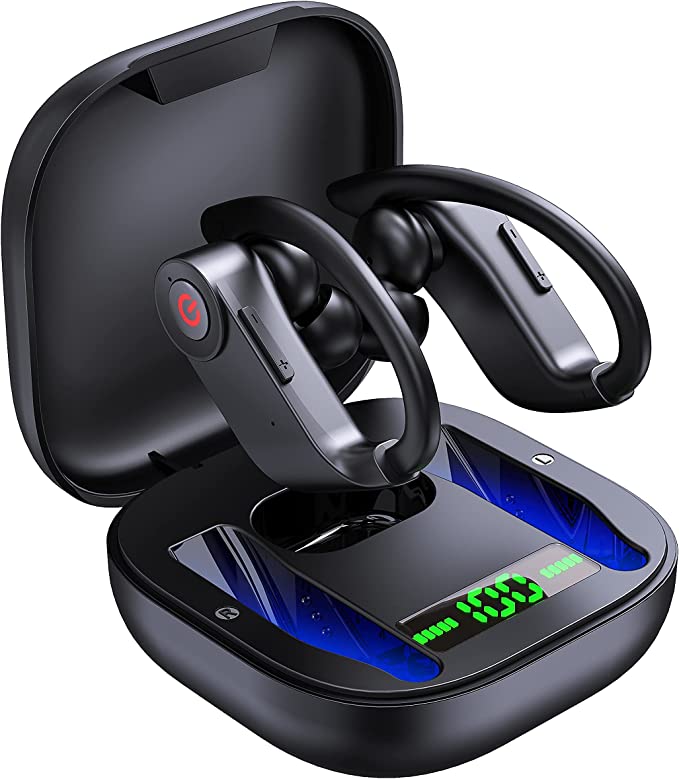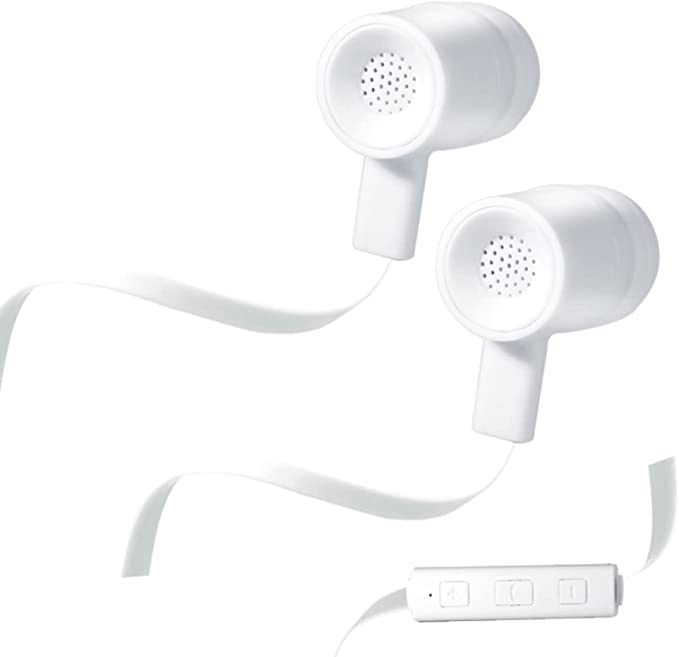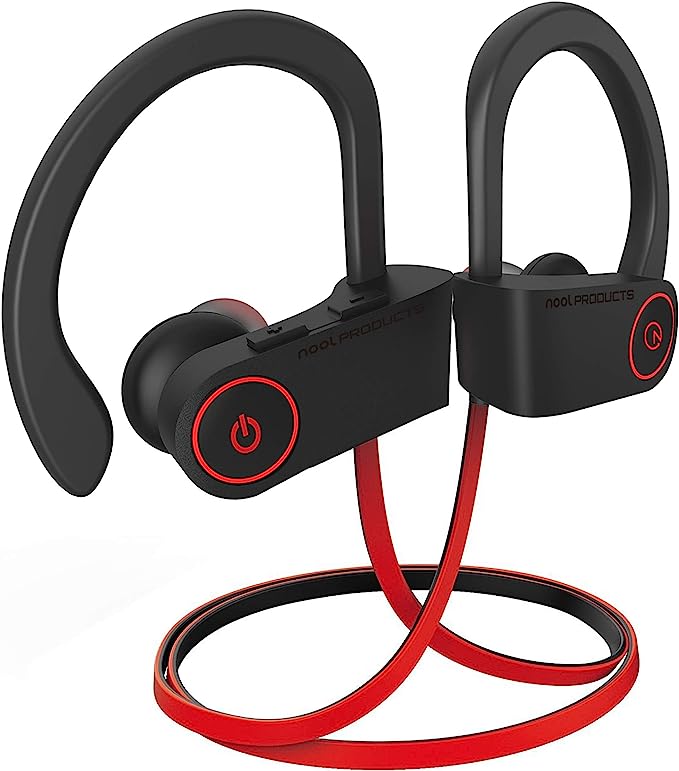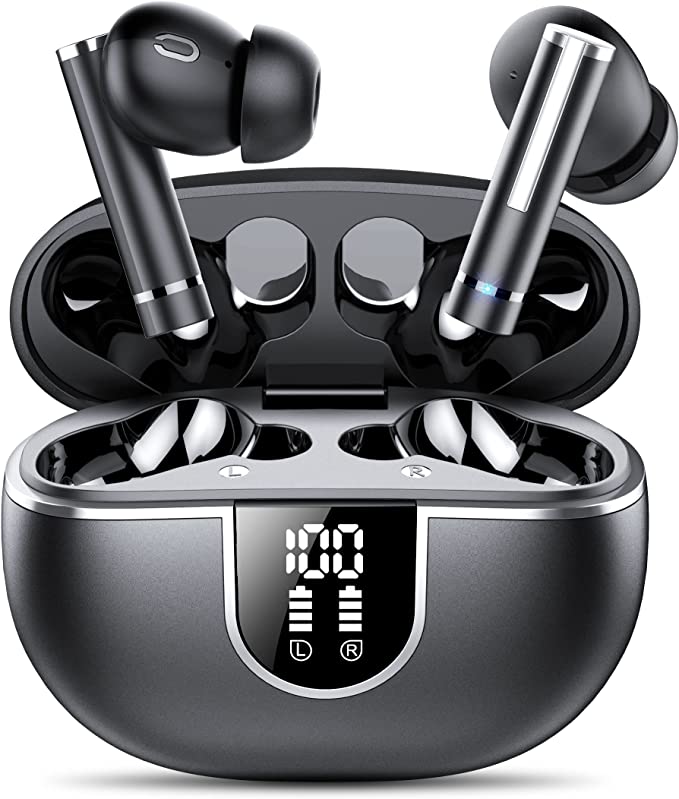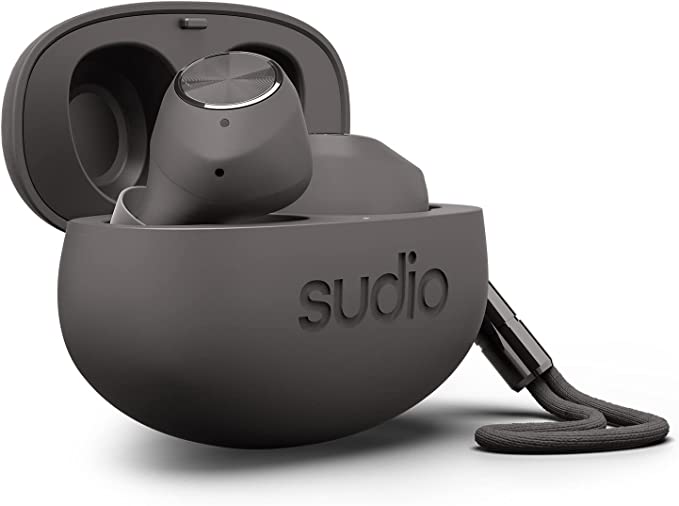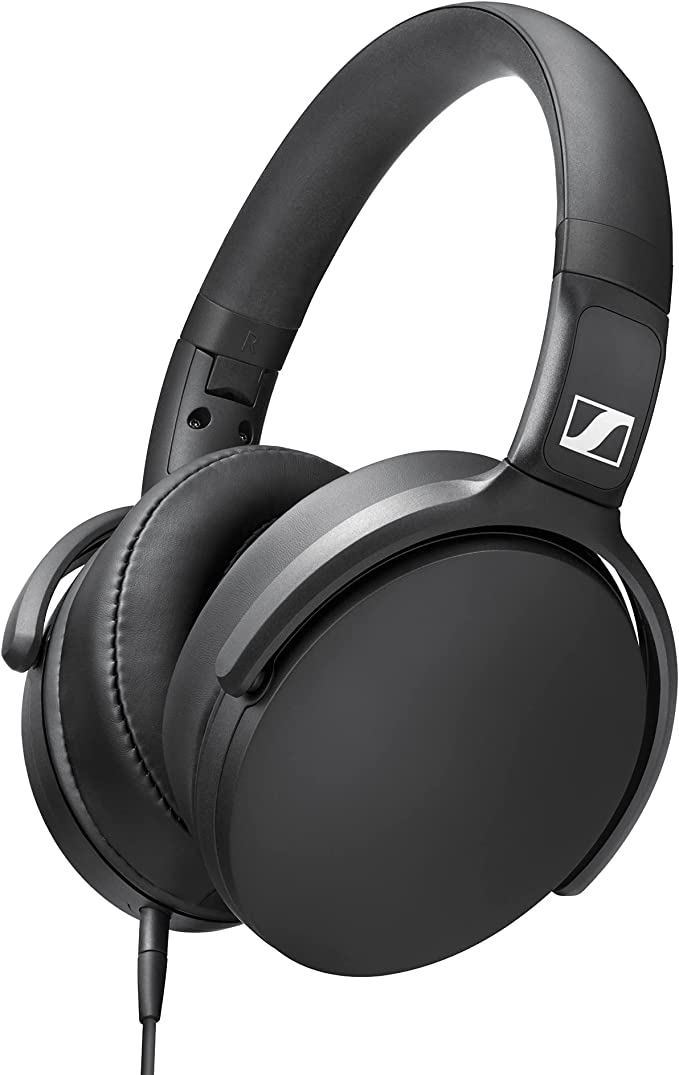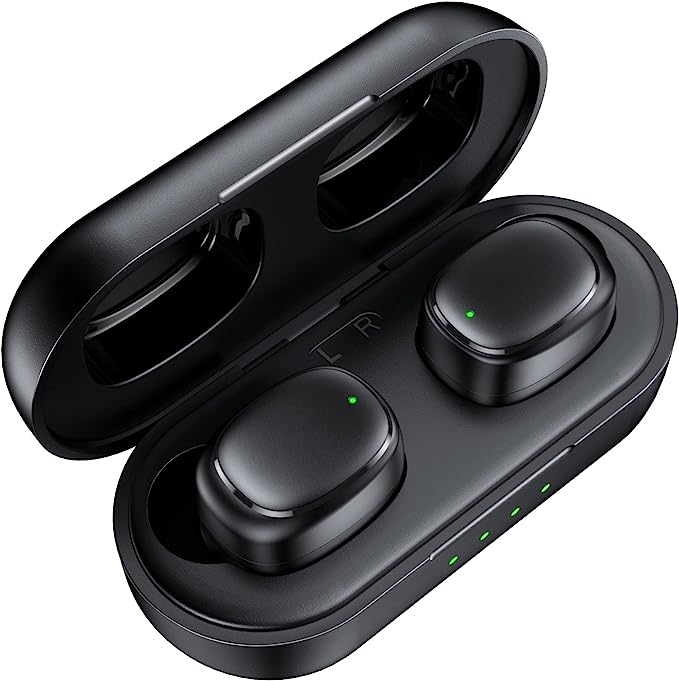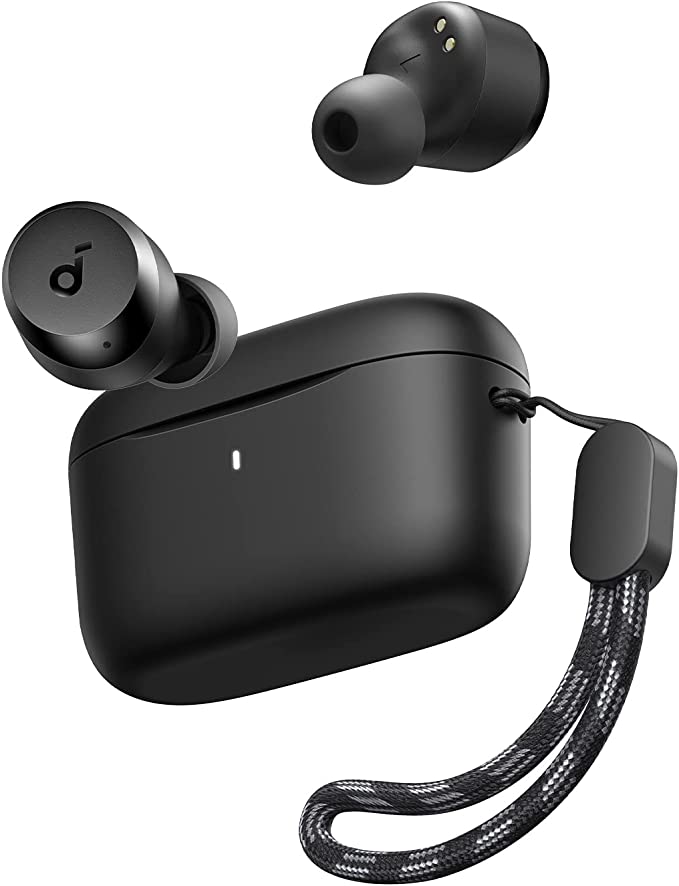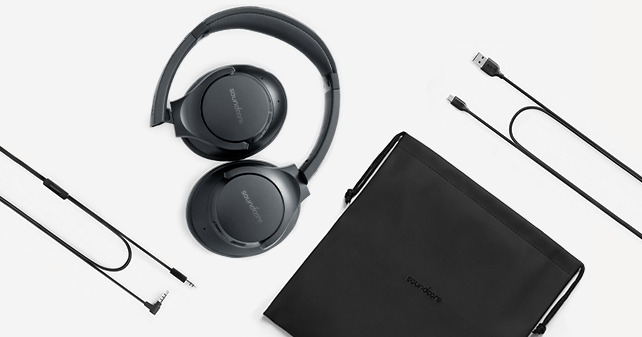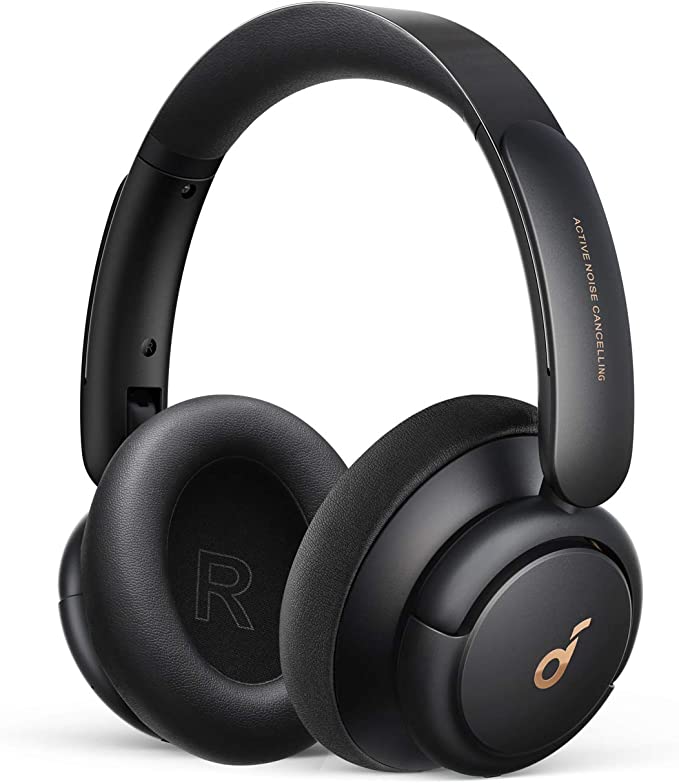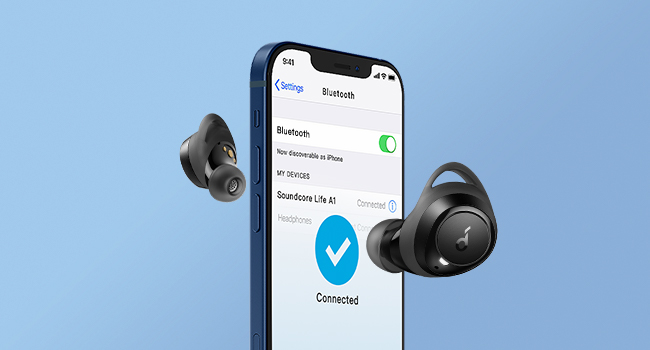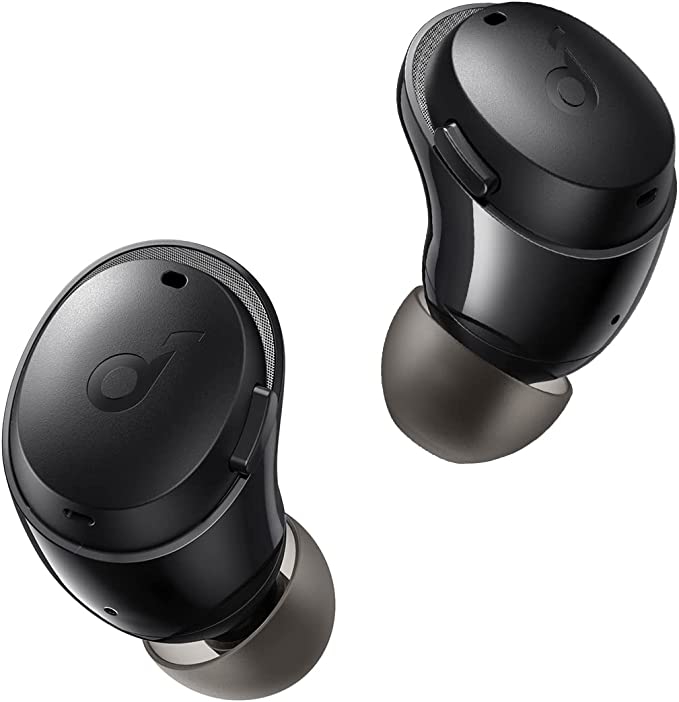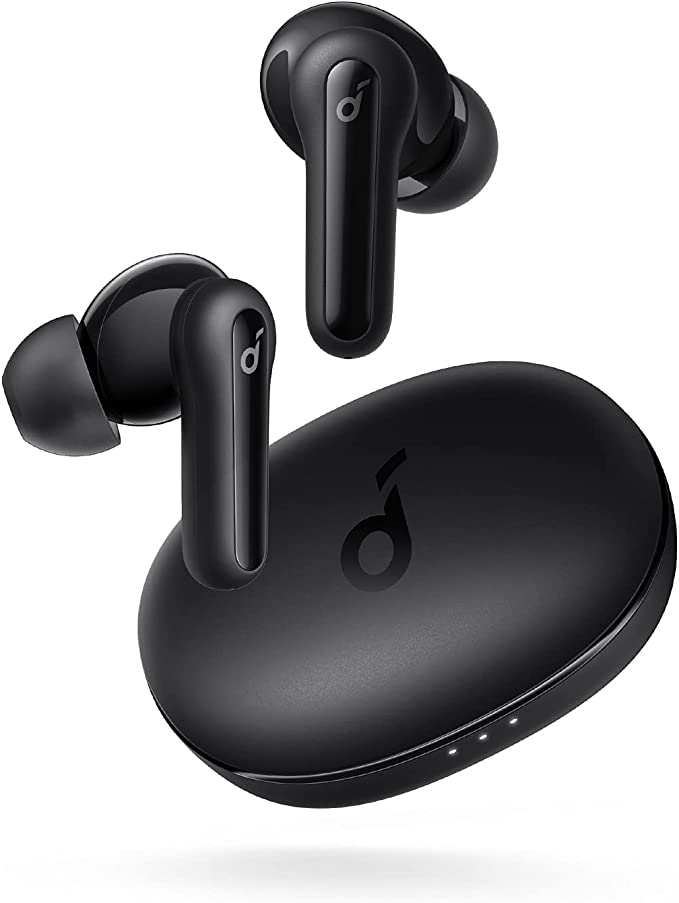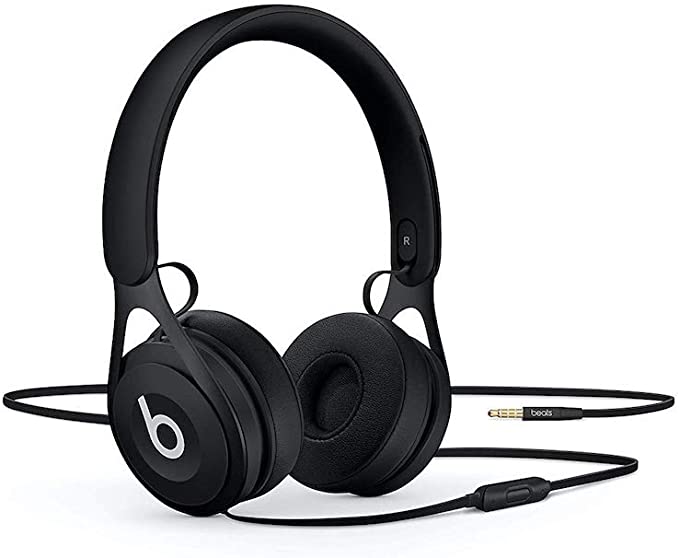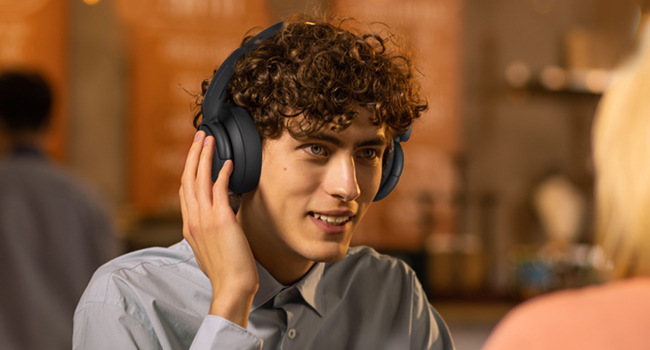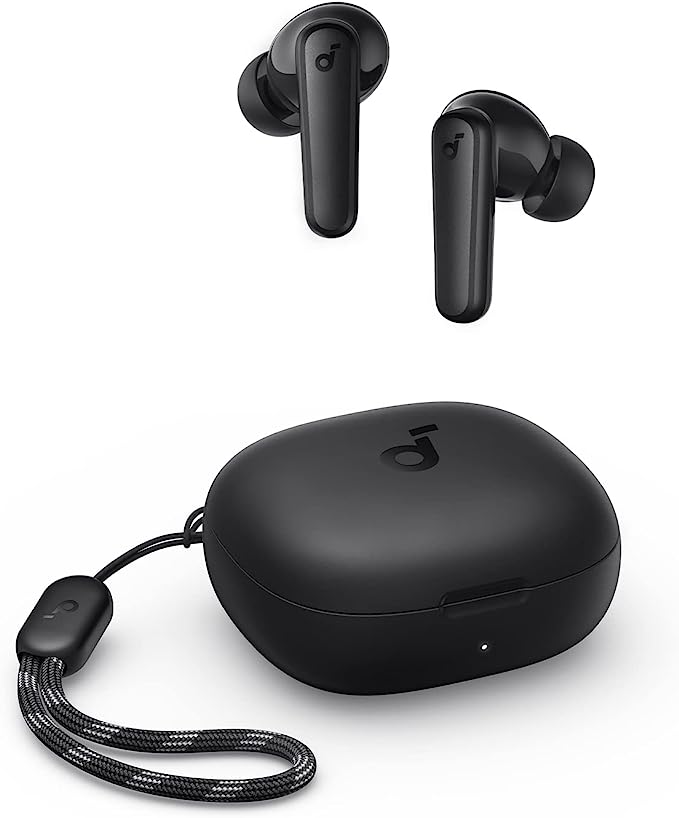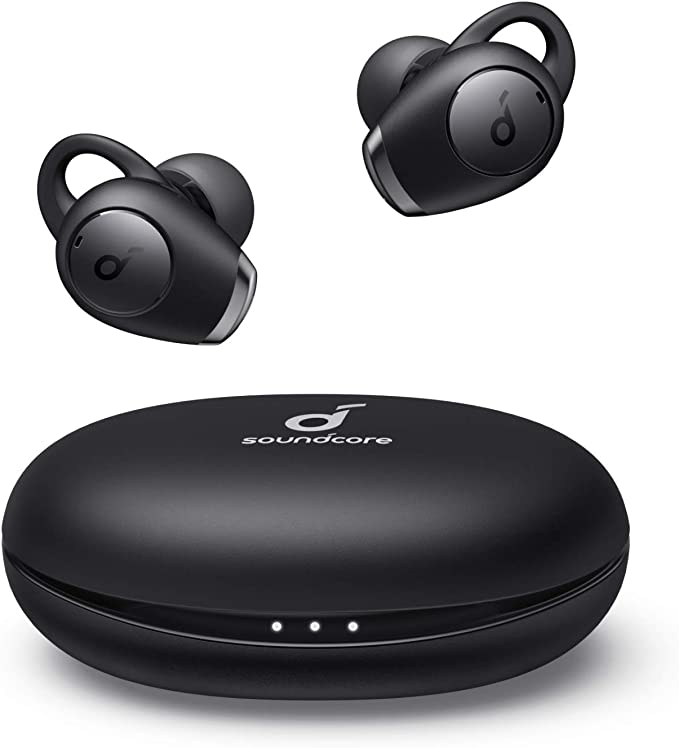iLuv TB150 Wireless Earbuds: The Science of Seamless Sound and All-Day Power
Update on May 15, 2025, 9:37 a.m.
In the grand orchestra of our daily lives, a new section has joined in recent years, playing a tune of unprecedented freedom and personal immersion: the wireless earbud. These tiny devices, nestled discreetly in our ears, have become almost extensions of ourselves, delivering private soundscapes, connecting us to distant voices, and silencing the cacophony of the world with a tap. We charge them, pocket them, and often take their remarkable capabilities for granted. But have you ever paused to consider the sheer density of scientific ingenuity and engineering prowess packed into such a diminutive frame?
Today, we embark on a journey of discovery. We’re not here to review a product in the conventional sense, but rather to use a contemporary example – the iLuv TB150 Small Ear Wireless Earbuds – as our lens. Through its stated features, we’ll peel back the layers and explore the fascinating science and thoughtful design that empower these miniature marvels, helping us appreciate the technology that so seamlessly integrates into our modern existence.

The Invisible Handshake: Decoding Bluetooth 5.3 and the Quest for Seamless Connection
At the very core of your wireless earbuds lies a technology so pervasive, yet so misunderstood: Bluetooth. It’s the invisible handshake, the silent conversation happening constantly between your earbuds and your phone, tablet, or laptop. The iLuv TB150, according to its creators, employs “advanced Bluetooth 5.3 technology,” which they state is engineered for “simple and instant pairing, auto reconnection, improved connection stability and improved battery performance.” This isn’t just a numerical upgrade; it represents another step in a decades-long quest for a truly effortless and robust wireless link.
The story of Bluetooth itself is rather charming, named after the 10th-century Danish king Harald “Bluetooth” Gormsson, famed for uniting disparate Danish tribes. The founders of the Bluetooth Special Interest Group (SIG) saw this as a fitting metaphor for a technology designed to unite different devices from various manufacturers. From its early iterations, which were often clunky and power-hungry, Bluetooth has evolved dramatically.
So, what does a version like 5.3 generally bring to the table? While specific feature sets can vary by manufacturer implementation, Bluetooth standards like 5.3 often focus on several key areas. Enhanced efficiency in how data is transmitted and received can lead to that “improved connection stability,” meaning fewer frustrating dropouts or stutters when you’re engrossed in a podcast or on an important call. Think of it as a more practiced courier, navigating the airwaves with greater skill to ensure your audio packets arrive intact and on time. This efficiency also plays a crucial role in “improved battery performance.” By requiring less energy to maintain a strong connection and transfer data, the tiny batteries within the earbuds can last longer. Furthermore, advancements in pairing protocols often streamline that initial handshake, making the “simple and instant pairing” and “auto reconnection” claims a tangible reality for users. Imagine pulling your earbuds from their case, and they’re already conversing with your phone before they even reach your ears – that’s the seamless experience modern Bluetooth strives for. Whether you’re navigating a crowded city street, where myriad radio signals vie for attention, or settling in for a focused workout, a stable Bluetooth connection is the unsung hero of your wireless audio experience.

Powering Your Soundtrack: The Endurance Science of All-Day Audio
One of the most critical aspects of any portable electronic device is its stamina. The iLuv TB150 promises what it calls “all day listening,” with a stated 7 hours of playtime from the earbuds themselves, and an additional 14 hours provided by their compact charging case, bringing the total to 21 hours. This kind of endurance from such small objects is a quiet testament to the marvels of modern battery chemistry and power management.
At the heart of each earbud is a miniaturized rechargeable battery, most commonly a Lithium-ion or Lithium-polymer cell. These chemical powerhouses are favored for their impressive energy density – their ability to store a significant amount of energy in a very small and lightweight package. It’s this high energy density that allows a device barely larger than a thumbnail to serenade you for hours on end.
The charging case, then, acts as more than just a protective shell; it’s a dedicated portable power bank, a lifeline for your earbuds when they’re running low. It houses a larger battery of its own, ready to transfer energy to the earbuds whenever they are docked. The iLuv TB150’s case, like many modern designs, uses a USB-C port for recharging – a versatile and increasingly universal standard. A thoughtful touch described for the TB150 is the “magnetic attraction for easy earbud placement,” a simple application of physics that ensures the earbuds snap satisfyingly and securely onto their charging contacts.
But what about those times when you’re caught short, with depleted batteries and little time to spare? The TB150 highlights its “quick charging technology,” which “enables 2 hours of listening from just 20 minutes of charge.” This rapid refueling is a carefully managed process. While the specifics can vary, quick charging generally involves delivering a higher electrical current to the battery for a short period. Sophisticated power management integrated circuits (PMICs) within the earbuds and case monitor temperature and voltage to ensure this is done safely, without unduly stressing the battery and shortening its overall lifespan. Whether you’re facing a long flight, a day packed with back-to-back virtual meetings, or simply forgot to charge your earbuds overnight, this quick-boost capability can be a real lifesaver, getting your personal soundtrack back online with minimal delay.

Braving the Elements: Understanding IPX6 and the Art of Mini-Fortification
Life is unpredictable, and sometimes, so is the weather. For those who want their music to accompany them through thick and thin, or for anyone prone to the occasional accidental spill, a degree of water resistance in their electronics is a highly valued feature. The iLuv TB150 earbuds and their charging case are described as being “sealed with IPX6 rated protection,” designed to let you be “worry free from sweat, heavy rain or spilled liquid.” But what exactly does this cryptic “IPX6” code signify?
“IP” stands for Ingress Protection, and it’s a globally recognized standard (IEC 60529) used to classify the degree of protection an electrical enclosure offers against the intrusion of foreign objects (like dust) and moisture. The two digits (or an ‘X’) following “IP” each have a specific meaning.
In the case of IPX6:
- The ‘X’ means that the device’s protection against solid particle (dust) ingress hasn’t been specifically tested or rated under this particular IP code. It doesn’t necessarily mean no dust protection, just that this specific rating doesn’t cover it.
- The ‘6’ is where the water protection comes in. An IPX6 rating signifies a high level of defense against powerful water jets. To earn this rating, the enclosure must demonstrate its ability to withstand water projected in powerful jets (12.5 mm nozzle) from any direction, at a flow rate of 100 liters per minute, for at least three minutes, without harmful ingress of water.
Achieving this level of resilience in such a compact device is a feat of meticulous engineering. It involves creating precise seals around any openings, such as where the earbud casing parts meet, around microphone ports, and charging contacts when in the case. This might involve custom-designed gaskets, O-rings, or the use of specialized adhesives. Some advanced electronics also employ hydrophobic nano-coatings on internal components as an additional layer of defense, repelling water at a microscopic level, though whether the TB150 uses such coatings isn’t specified in the provided information. For the user, an IPX6 rating translates to peace of mind – the freedom to push through that run even if clouds gather, to give your all in a sweaty gym session, or to not panic if a glass of water tips over near your charging case.

The Sweet Spot: Ergonomics, Acoustic Seals, and the Pursuit of Immersive Sound
Beyond the electronics, the physical design of an earbud plays a monumental role in the listening experience. The iLuv TB150 is “ergonomically designed to fit snugly into each ear” and comes with “4 sizes (large, medium, small, x-small) of soft, flexible ear tips.” This emphasis on fit is far more than a mere comfort feature; it’s fundamental to achieving good sound quality and effective noise isolation.
Why is fit so crucial? Firstly, prolonged comfort. Ill-fitting earbuds can cause soreness and fatigue, cutting short your listening pleasure. Secondly, and perhaps more critically for audio fidelity, is the creation of an effective acoustic seal. When an earbud forms a good seal within your ear canal, it creates a small, closed acoustic chamber. This is particularly important for reproducing bass frequencies. Low-frequency sound waves require this contained space to build up pressure and be perceived with richness and depth. A poor seal allows bass to leak out, resulting in a thin, tinny sound.
This same acoustic seal is also the key to what the TB150 product information refers to as “external noise isolation.” This is a form of passive noise cancellation – unlike active noise cancellation (ANC) which uses electronics to counteract external sounds, passive isolation simply relies on the physical barrier of the earbud and ear tip to block out a significant amount of ambient noise. Think of it as creating your own personal sound bubble, allowing you to immerse yourself in your music or podcast without having to crank up the volume to dangerous levels to overcome background chatter or traffic rumble.
The product description for the TB150 also mentions enjoying “crystal clear music with exceptional accuracy and clarity” and a sound profile that is “well balanced with bass and clear treble to create a rich high-fidelity sound experience.” While these are subjective marketing terms, the underlying goal of any good audio device is to reproduce sound as faithfully as possible across the audible frequency spectrum. This typically involves capable audio drivers (the tiny speakers within the earbuds, likely dynamic drivers in this category, though not specified) and acoustic tuning. The multiple ear tip sizes are critical here, as an optimal fit ensures the drivers can perform their best, delivering that intended balance to your eardrums. Finding that “sweet spot” in terms of fit can transform your listening from merely hearing to truly experiencing your audio.
Being Heard: The Subtle Science of Clear Communication
In our hyper-connected world, earbuds are not just for listening; they are vital tools for communication. The iLuv TB150 description notes that “Both earbuds are equipped with microphones which filter ambient noise and transmit voice clearly in any noisy environment.” This hands-free capability is indispensable for taking calls on the go.
The microphones in modern earbuds are typically tiny components known as MEMS (Micro-Electro-Mechanical Systems) microphones. These marvels of miniaturization combine mechanical structures and electronic circuitry on a tiny silicon chip, offering good sensitivity and a small footprint, perfect for compact devices.
The challenge for any microphone, especially one used in a noisy setting, is to pick up the user’s voice clearly while minimizing background sounds. The claim that the TB150 microphones “filter ambient noise” suggests some form of noise reduction is at play. In simpler systems, this might involve the strategic placement of the microphone to be closer to the mouth and somewhat shielded from other sound sources. More advanced earbuds might employ multiple microphones per earbud, using algorithms to differentiate the user’s voice from ambient sounds (a technique known as beamforming) or applying digital signal processing (DSP) to clean up the audio signal. The provided information for the TB150 doesn’t detail the specific methods used, but the goal is universal: to ensure that when you’re speaking, the person on the other end hears you, not the cacophony around you. Whether you’re coordinating with colleagues while walking down a bustling street or catching up with a loved one, clear voice transmission is key to effective communication.
A Gentle Command: The Effortless Elegance of Touch Controls
The way we interact with our devices has evolved towards increasingly intuitive and seamless methods. The iLuv TB150 sports a “sleek high quality simple design of a buttonless surface; simply double tap to control, play, pause, or answer a phone call.” This move away from physical buttons towards touch-sensitive surfaces is a common trend in modern electronics, offering both aesthetic and functional advantages.
This “magic” behind the tap is most likely due to capacitive touch sensing technology. Your body, particularly your fingertip, has natural electrical capacitance – the ability to store a small electrical charge. The surface of the earbud, in the designated touch area, contains electrodes that create an electrostatic field. When your finger approaches or touches this area, it changes the local capacitance of that field. Sophisticated integrated circuits within the earbud detect this minute change and interpret it as a command – a double tap, in this instance.
There are several benefits to this approach. Aesthetically, it allows for a cleaner, more minimalist design, uninterrupted by protruding buttons. Functionally, it eliminates mechanical parts that could potentially wear out or break over time. Moreover, a seamless, buttonless surface can also contribute to better sealing against moisture and dust, complementing features like the IPX6 rating. The ability to effortlessly pause your music to hear an important announcement, or to answer an incoming call with a simple, intuitive gesture without fumbling for your phone, adds a layer of refined convenience to the user experience.

The Symphony in Miniature – Appreciating Your Pocket-Sized Powerhouses
Our journey through the inner workings of a device like the iLuv TB150 reveals a remarkable convergence of diverse scientific disciplines and engineering ingenuity. It’s easy to see these tiny earbuds as simple accessories, but as we’ve explored, they are pocket-sized powerhouses, each packed with a symphony of carefully orchestrated technologies.
From the invisible dance of radio waves in Bluetooth 5.3 ensuring your music flows uninterrupted, to the chemical energy patiently stored in lithium-ion cells powering hours of listening; from the meticulous seals and material science warding off water in an IPX6 design, to the principles of acoustics and ergonomics working in harmony to deliver immersive sound – every feature is a testament to human innovation. The subtle intelligence of MEMS microphones capturing your voice amidst the noise, and the elegant simplicity of capacitive touch sensors responding to your gentle command, all contribute to an experience designed to be seamless and intuitive.
The iLuv TB150 has served as our lens today, but the principles we’ve discussed resonate across the landscape of modern personal electronics. Perhaps the next time you pop in your wireless earbuds, you’ll take a moment to appreciate not just the convenience, but the incredible, miniature marvels of science and engineering that are making your personal soundtrack possible. The world of technology is ever-evolving, and with each advancement, these tiny titans continue to enrich our daily interaction with sound, information, and each other.
